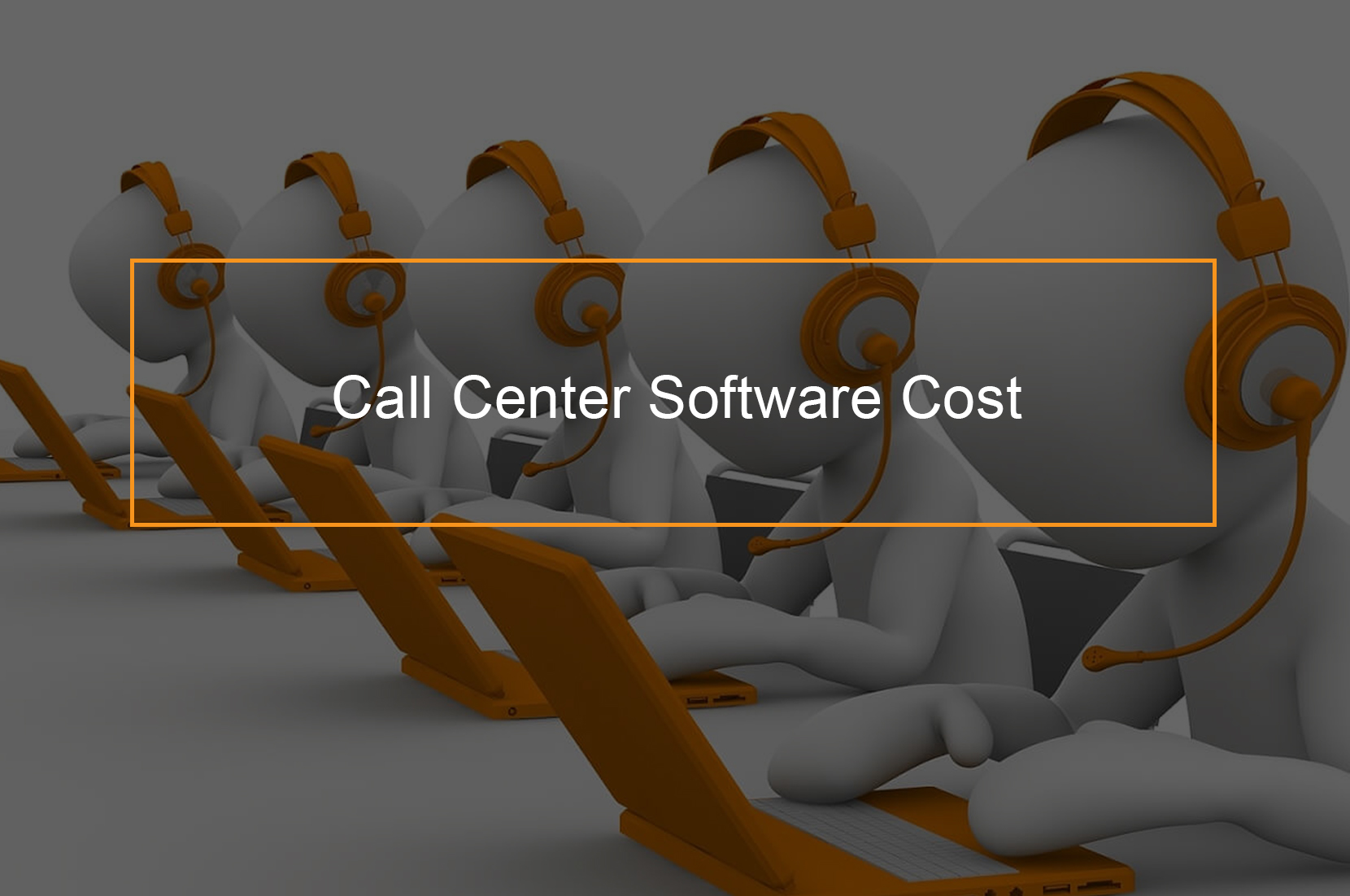Knowing the challenges your facing when working in a call center

Get a better understanding of the Challenges of Being a Call Center Agent
Call centers and contact centers are known for their frequent turnover of employees. Call center employees on a daily basis have to deal with stressful situations, high volumes of calls and frequently unhappy and angry customers. The volume of repeat calls is quite a bit and pay rates aren’t high.
Call center work can be a very demanding job. It’s necessary to stay on the job for at least nine hours, as well as be in constant contact with unhappy customers every day. In this kind of work environment, it is crucial to maintain a healthy physical and mental well-being for the ability to do the demands of this kind of work for a full day long.
You have to sacrifice some of your basic needs, like going to the relaxation area or just relaxing for a couple of minutes because the job requires the full attention of your brain — and is going to test your physical capabilities. What are 3 difficult things about working in a call center? What are the benefits of working at the Call Center?
Table of Contents
What are 3 difficult things about working in a call center?

What are 3 difficult things about working in a call center? The 3 Most Difficult Things About Working In A Call Center are Internal Policy, Outdated Technology and Pressure to Perform.
1. Internal policy
A policy for the contact center is an established set of guidelines and rules that control the management and operation of the contact center. A clearly-defined guideline for the operation of a contact center ensures that customer interactions are uniform and in line with the highest standards of efficiency, quality, and professionalism. This helps to reduce errors and risk, and improves the overall experience of customers.
The most crucial components of a company’s plan for the contact center could include:
- Communication guidelines: This includes guidelines for how to interact with customers via various channels, such as calls or emails, social media channels chat, email and chat on the internet. It should cover the use of language and tone as well as guidelines to deal with unhappy or angry customers.
- Escalation procedures: This describes the steps to take when a customer problem can’t be solved at the initial contact point. The document should provide guidelines on what to do to bring the issue to the appropriate level of support as well as methods to keep customers informed throughout the process.
- Data protection and privacy: The guidelines include how to safeguard and manage personal information of clients in line with the relevant laws and rules. The guidelines should cover retention of information, data access to it and the deletion of data.
- Performance standards: They define the expectations and standards for agents in contact centers with regard to effectiveness, efficiency, quality and customer satisfaction. The standards should contain objectives and performance indicators and guidelines on how to track and measure the performance of agents.
A well-organized and clearly defined policy for contact centers can ensure that customers receive consistently quality as well as consistent services, thereby increasing satisfaction and retention. It also minimizes the risk of errors and risks and increases efficiency and productivity within the center.
The majority of the procedures for contact centers are developed by top management. Unsound policies, formulated by those who don’t follow the same process regularly, can be extremely disappointing for those who are trying to be honest with their clients. In a majority of cases agents realize that the solution they’re offering doesn’t match what the client would like. They’re trying to implement internal policies, in which their safety and security is dependent and also taking care of customers by solving their issues.
2. Outdated Technology
In the background, staff in contact centers typically are juggling various back-end systems. While trying to understand their customers’ voices, customers as they create an answer making use of a variety of gadgets and systems, and reviewing policies and procedures at the same time. With the best of intentions, they could become entangled in obsolete technology and not be listening to their clients.
The outdated technology used in call centers can hinder customers from receiving superior service. Agents have to work through numerous backend systems, and then try to comprehend the needs of the needs of the customer. The outdated systems may make it difficult for agents to focus fully on the customer, resulting in an ineffective communication process and the resolution of issues. It is crucial the customer care centers upgrade modern technology to improve the efficiency and effectiveness of their customer service.
The use of outdated systems can cause customer delays, a lower effectiveness of agents and poor customer service. This could result in increased operating expenses because of the necessity to repair and maintain old systems.
To prevent such issues companies must examine and improve their call center technology. Modern call center solutions like Engage for Amazon Connect offer a variety of options, for example, the use of automated routing based on skills, as well as CRM integration. These capabilities can greatly enhance the customer experience and increase efficiency. Additionally, virtual call centers, often referred to as cloud-based centers, can provide security and stability to remote working, allowing companies to operate regardless of any unexpected events.
Incorporating the most current technologies for the call center is a wise choice for businesses that will improve customer satisfaction, loyalty, and ultimately, the success. It is important to ensure that you don’t let outdated technology hold your company from growing. Switch to the latest technologies for the call center today.
3. Pressure to Perform
Everybody is subjected to the pressures mentioned above. Managers of Contact Centers are faced with high-level KPIs that have to be achieved in terms of expenses and performance. This means that Contact Center Agents have demanding demands too. Particularly, ensuring they keep their average Handle Time (AHT) to the minimum level is a standard requirement and is the reason why a lot of agents focus on addressing the client’s query over resolving the problem. The stressful work environment that affects agents is a result of the long-standing existing policy that is hard to alter even with a strong management team and motivated employees.
Managers of contact centers must be able manage a multitude of things to determine the effectiveness and efficiency. The most frequently used KPIs for contact center managers include:
- Customer Satisfaction Score (CSAT): The KPI measures the degree of satisfaction with the service they receive. High CSAT scores suggest that clients are satisfied with their experiences. However low scores may indicate that there is a need for improvement.
- Average Handling Time (AHT): The AHT KPI is a measure of the time needed for agents to manage the interactions of customers. A lower AHT indicates that the employees are productive and are able to resolve issues quickly. However the AHT that is high may suggest the need for additional training or improved processes.
- Average Speed of Answer (ASA): This KPI identifies the amount of time required by agents to answer a customer’s call or message. A ASA which is low ASA is preferred since it indicates that customers are able to get in touch with an agent quickly. However, an overly ASA could signal the need for more employees or more efficient routes.
- Abandonment Rate: This KPI represents the proportion of calls that are not answered prior to an agent being in contact with the customer to help. An excessive rate of abandonment could mean that the client is annoyed by the long wait times or isn’t capable of contacting an agent.
- First Contact Resolution (FCR): The KPI First Contact Resolution is an indicator of the proportion of customer issues which are resolved on that first call. A high FCR indicates that the agents can resolve problems efficiently, while having an FCR that is not high may indicate a need to improve training or processes.
The analysis of these KPIs will help managers of contact centers identify areas for improvement and ensure that the team is able to provide the best quality customer service.
What are the Daily Challenges of Being a Call Center Agent?

-
Not Knowing the Answer to a Question: Agents at call centers undergo intensive training. There is a chance that a client might ask questions that they don’t know which answer to give. If a representative from customer service isn’t sure of the answer to a question, it is advised to call in an expert to talk to them, or make sure that they reply to the customer in a timely manner and give an explanation.
- Managing a Never-Ending Queue of Calls: A call center may be at the end of a long line, particularly during the peak hours when there is a lot of demand. This can result in a long hold time for customers. Customers may be dissatisfied by the long waiting time. A business owner is able to solve this issue by making questions and answer pages and DIY instructions as well as tutorials on their site. The person who handles calls can use self-service tools and an option to call back the high volume of calls.
- Transferring Calls: A call center has to move calls regularly. This could mean that calls are transferred to another department, and this could cause irritation for the customer. Being clear and specific in the process of transferring calls can assist in easing any fears of the customer. In addition, letting them know that it is in the best interests of the consumer to provide the most appropriate response to their question is beneficial too.
- Adapting to New Technology: A representative for a call center is required to be able to use the latest technologies in a variety of situations. The working environment is always evolving and is a problem. Particularly when trying to regulate productivity. The owner of the business must offer classes for agents in order to make them familiar with the latest technology. This is the most effective way to allow the person who is in charge of the center to comprehend the capabilities of this technology quickly and efficiently. This will lead to an increase in efficiency in the workplace. The virtual number is a fantastic example of the most recent technology that is being applied to the call center that is inbound. The virtual number is simple to adapt to and is beneficial to both businesses and call center agents. Implementing tools like this can help companies stay ahead of their competitors.
- Understanding Customers and Dealing With Various Situations: The agent in the call center functions as a representative of the brand name of the company. The agents in call centers are bound by certain guidelines. This may pose a problem as some customers are empathetic and easy to reach, whereas others don’t. The handling of unhappy customers can be an issue, as is having to deal with issues that arise suddenly and don’t have a clear solution. The person who is in control of the center has to be pleasant, patient and serene. The business owner must follow the standard procedure to deal with clients who are unhappy or have an issue that is not in the plan. It could be as simple as contacting the supervisor and asking their opinion before proceeding by implementing best practices in writing.
- Customers Express Interest Only to Opt-Out Later On: A representative from a call center could be spending a substantial amount of time talking with a customer, chatting about specifics about the services and products. A customer may show desire to purchase the service or product and this could motivate the person working at this call center to invest longer. However, at some point, the customer may decide to reconsider their decision and not buy the item or service. If the deal is not successful, this could affect the effectiveness of the representative on the phone in terms of numbers and how much they spend their time. The most efficient method to convert leads to sales is to make contact with them regularly. Stay in touch with those interested in your products, and explain the benefits of your services. Establishing a connection with them through making them aware of the value of your services is the best way to increase sales.
Disadvantages of Working in a Call Center |
|
| Agent burnout. | Call centers are fantastic locations to work in, but they can be extremely stressful. Agents are aware that they are constantly scrutinized for their performance. In addition, there are unhappy customers and you understand why burnout is a frequent issue for call centers. |
| High turnover rates. | The high turnover rate in call centers could affect agents’ engagement. DailyPay discovered that call centers experience an average turnover rate of 44%, according to an analysis. This isn’t just costly to your bottom line, but also for the quality of the call center’s services. |
| Repetitive tasks and demotivation. | Even the most committed employees in call centers will eventually tire of doing the same tasks day after day. If your employees lose enthusiasm or dislike their job It’s not realistic to assume they will remain active. |
Benefits of Working in a Call Center |
|
| Honing transferable skills. | Agents at call centers have many skills they can utilize to assist others. |
| Impressive compensation, benefits and overall earning potential. | A lot of call center jobs provide great benefits, including great benefits, paid holidays and annual salary schedules as well as generous benefits and flexible hours of work. Agents involved in sales can make commissions. Agents may also be eligible for advancements and raises throughout their career. |
| The option to work from home. | Contact center work is renowned for its flexibility and remote working possibilities. People who would otherwise have to travel far distances to work could have a more balanced work-life balance by working remotely. |
Frequently Asked Questions
Why is it hard to work in a call center?
There are numerous reasons that make it difficult to work in the call center. The most frequent problems are:
- High volume of calls
- Troublesome customers
- Specific performance metrics
- Repetitive work
- Inability to control
What is the biggest challenge as a newbie in a call center?
The most difficult thing for an aspiring call center is usually the quantity of calls as well as the pressure to deal with difficult customers.Call center employees are typically required to handle a large amount of calls, and sometimes up to 100 calls a day. This can be overwhelming and stressful especially for those in their initial stages of learning.









